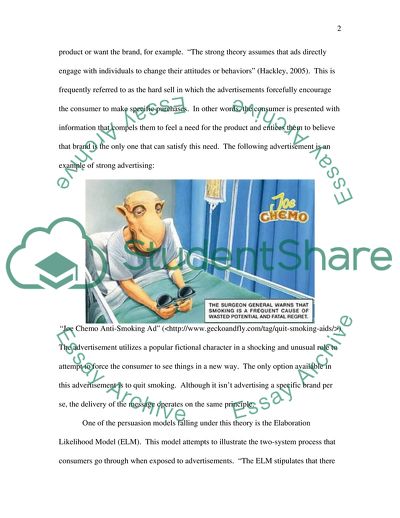Cite this document
(The Relative Merits of Weak and Strong Advertising Theories Case Study, n.d.)
The Relative Merits of Weak and Strong Advertising Theories Case Study. Retrieved from https://studentshare.org/marketing/1719568-advertising-theory
The Relative Merits of Weak and Strong Advertising Theories Case Study. Retrieved from https://studentshare.org/marketing/1719568-advertising-theory
(The Relative Merits of Weak and Strong Advertising Theories Case Study)
The Relative Merits of Weak and Strong Advertising Theories Case Study. https://studentshare.org/marketing/1719568-advertising-theory.
The Relative Merits of Weak and Strong Advertising Theories Case Study. https://studentshare.org/marketing/1719568-advertising-theory.
“The Relative Merits of Weak and Strong Advertising Theories Case Study”. https://studentshare.org/marketing/1719568-advertising-theory.


